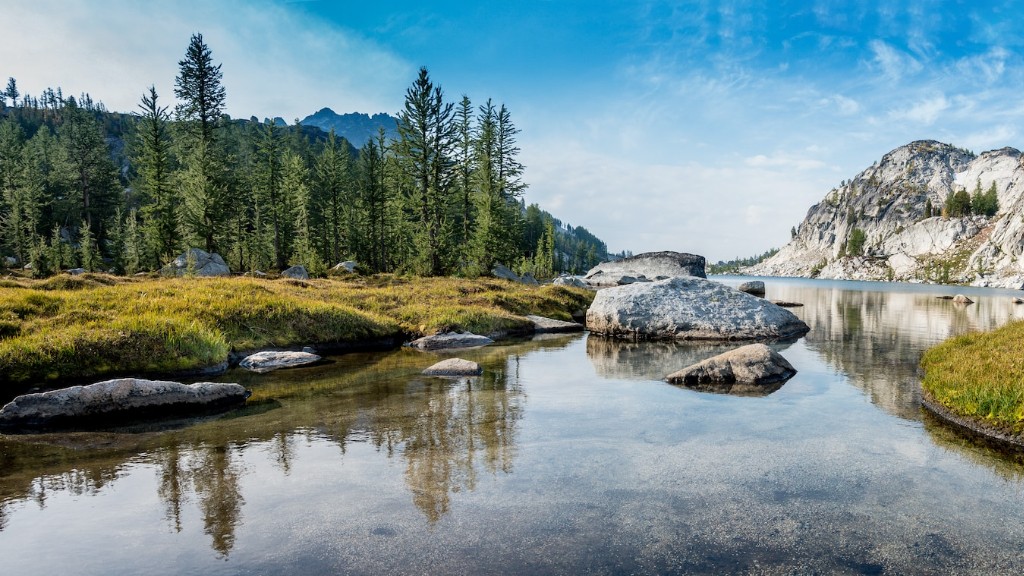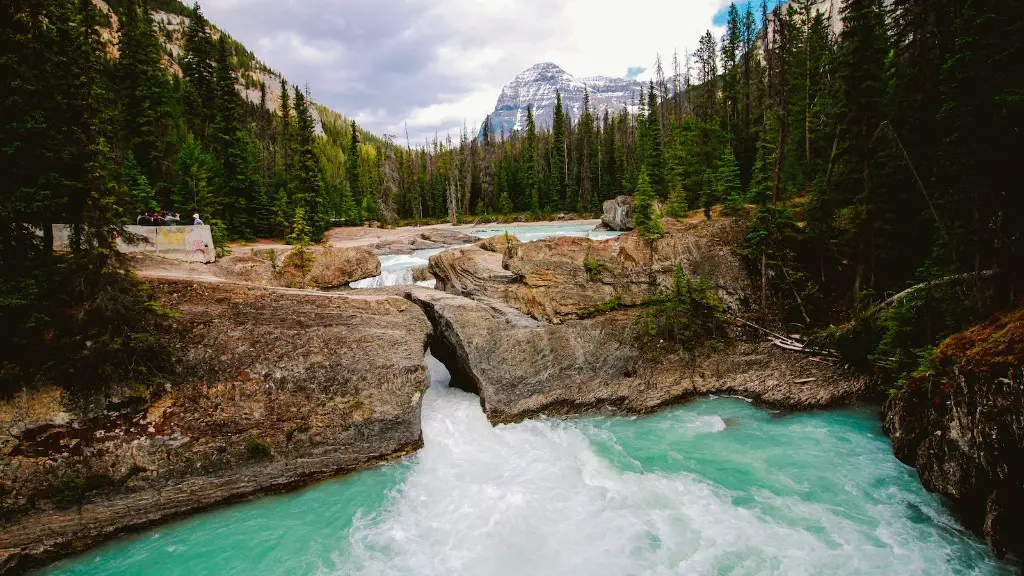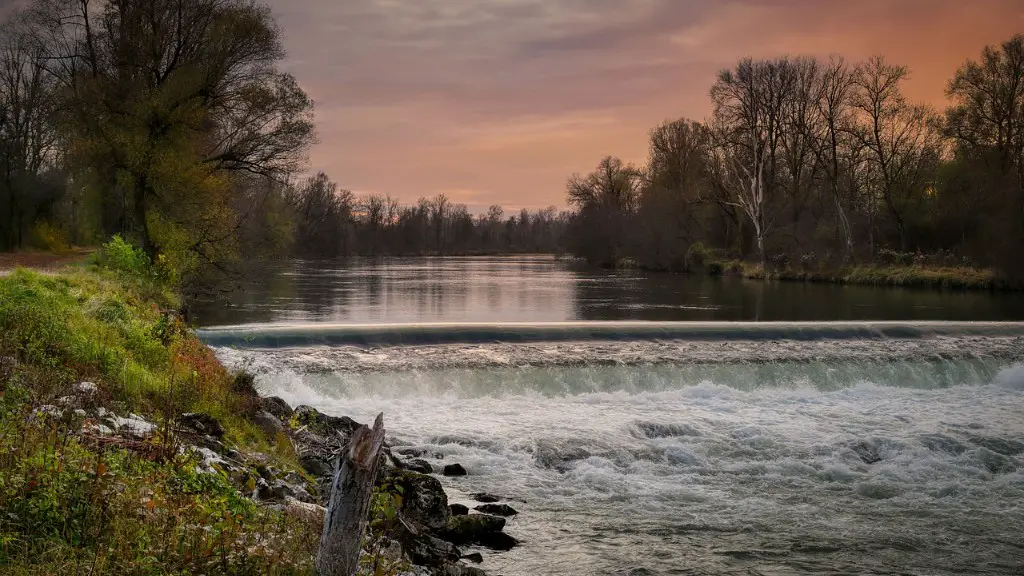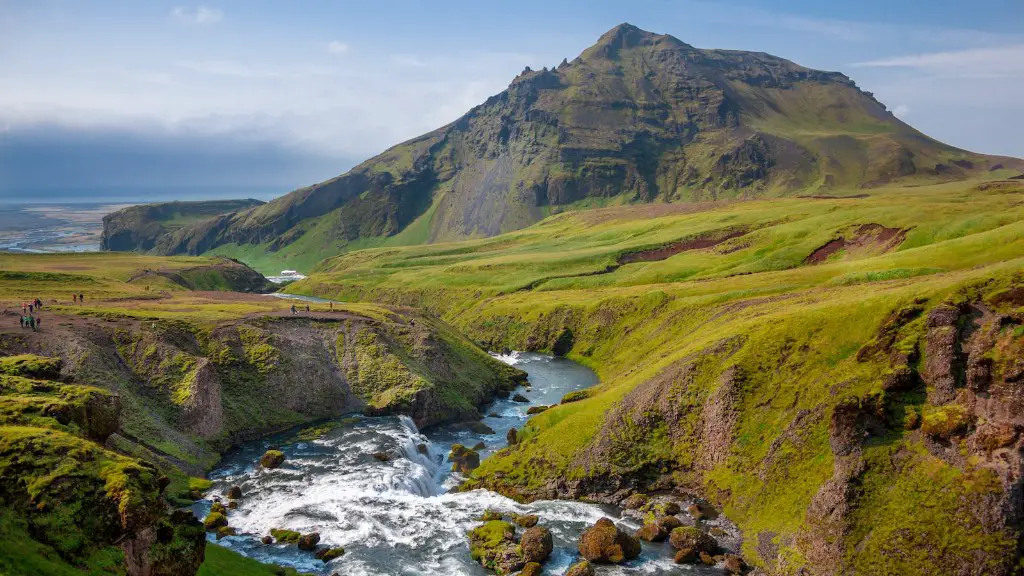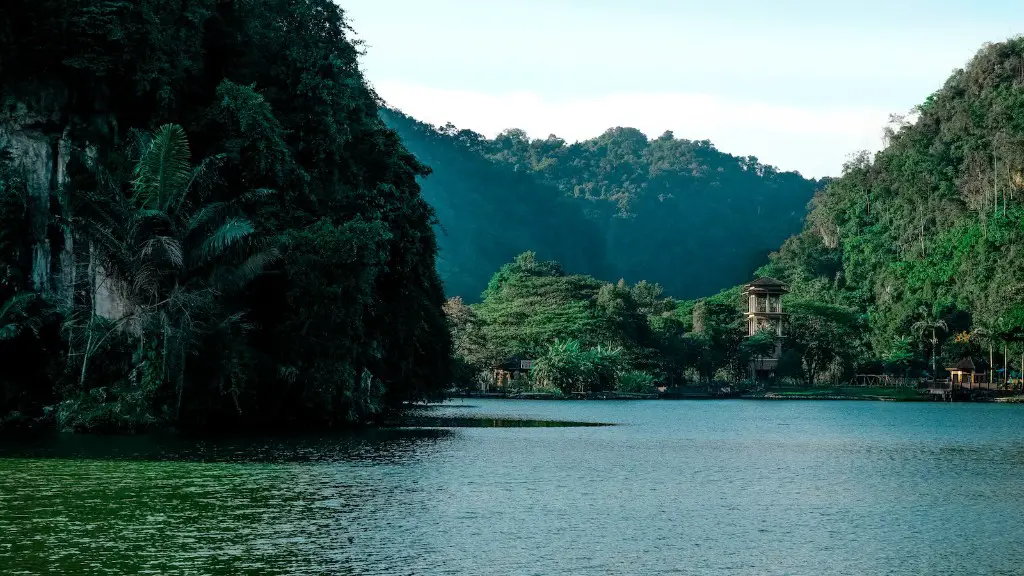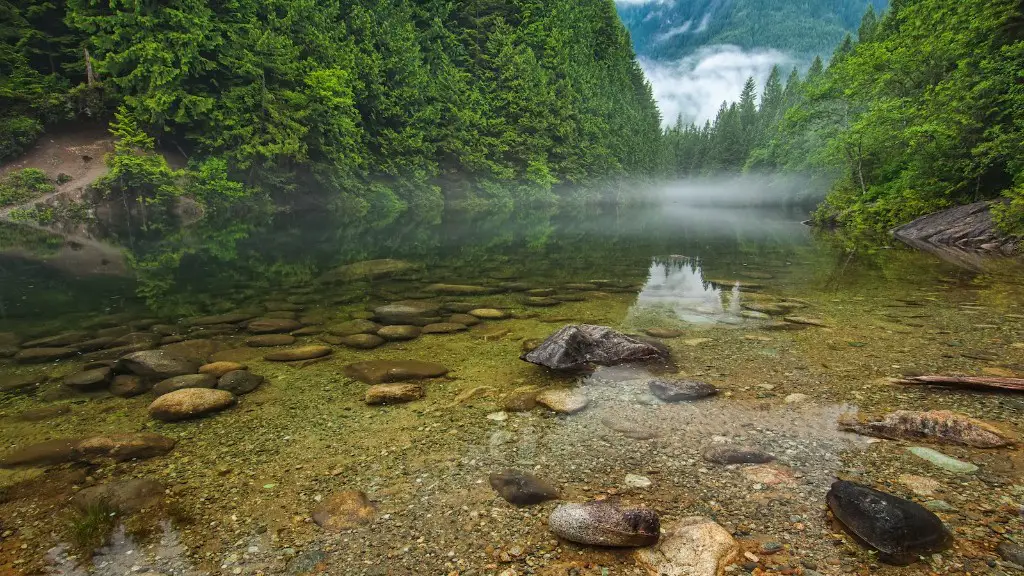The name Mississippi River is derived from two Indian words, which means ‘Great River’. The Mississippi is one of the world’s longest and largest rivers, stretching over 2,350 miles from its source in Lake Itasca, Minnesota, to its mouth at the Gulf of Mexico. The Mississippi River watershed is the fourth largest in the world and its numerous tributaries, from the Allegheny and Ohio Rivers to the Arkansas and Missouri Rivers, cover over one-third of the continental United States. It is also one of the most significant of American rivers, as its navigable channels facilitate the transportation of goods and people as well as providing important ecological and recreational services.
The Mississippian culture of indigenous Indian tribes flourished in the region around the Mississippi River basin up until the arrival of European explorers in the region, at which point its people were scattered. The first European to explore the region was the Spanish explorer, Hernando de Soto, in 1541, who named the river the ‘Rio de Espiritu Santo’, or River of the Holy Spirit. Later, Jacques Marquette and Louis Jolliet named the present day Mississippi River in 1673, when the pair first mapped the region.
In the 19th century, the River became a crucial trade route, with initial efforts of navigational improvements undertaken by the Spanish. Eventually, the US Congress authorised the ‘Mississippi River Improvement’ works in the 1830s, with the construction of locks and dams to make navigation of the river easier. It became an incredibly important route during the period of Westward Expansion; during the American Civil War the river was an important strategic region, with Union forces seeking to blockade the Confederacy at Vicksburg, a major port city located on the river.
More recently, the development of hydropower and the ‘river islands’ on the Upper Mississippi are crucial for engineering and water management activities. Major cities such as St Louis have developed along the banks of this important river, and as mentioned above, recreational activities, fishing and hunting are popular among local inhabitants. The Mississippi River is also home to abundant species of fish and birds, and provides habitat for over 500 species of wildlife.
Impact of Logging
Logging has been a major cause of environmental impact on the Mississippi River. The introduction of large scale logging operations to the basin in the early 1800s caused considerable deforestation which drastically altered the landscape of the area and degraded the valuable habitat that the area’s wildlife relied on. These changes in habitat, which included the filling in of wetlands and the introduction of pollutants, and the subsequent overharvesting of fish, greatly reduced the Fish and Wildlife populations in the region and the ecosystem services they provided.
The introduction of forced navigation on the Mississippi, which began in 1827, initiated the construction of dams and levees to improve navigation. In addition to adversely impacting the free flow of the river, these changes to the ecosystem inhibited natural flood plain regeneration and the reworking of sediment along the river banks. This, coupled with extensive commercial use of the river has drastically reduced overall water flow, changing the dynamics of the system and limiting access to the rivers for recreational and tourism purposes.
Involvement of Dams
The presence of dams and other engineering structures, such as levees, across the Mississippi and its tributaries has been one of the main causes of environmental stress in the region. These structures limit the flow of freshwater to the downstream sections and reduce the natural nutrient replenishment of the freshwater ecosystem. In addition, many of these structures retain large quantities of sediment, limiting the replenishment of decaying nutrients and reducing the diversity of the aquatic food web.
The construction of these dams has also caused an increase in water temperature downstream of the dam, which can further reduce the number of fish species and other wildlife inhabiting the river. Furthermore, the presence of these structures can cause the water to flow at a slower rate, leading to the formation of sediment bottom and wetlands, which can limit the ability of some species to breed and feed in these areas.
Pollution of Mississippi River
The pollution of the Mississippi River is a major environmental problem and has been caused by a number of different sources throughout its history. These sources include agricultural runoff and industrial waste that, although regulated, can still enter the river due to lack of proper enforcement, leading to the presence of organic and inorganic pollutants in the river. Additionally, the presence of human settlements along the river banks, combined with the extensive use of the water for irrigation and power generation, has caused drastic changes to the ecology of the river.
The main sources of water pollution in the Mississippi River are agriculture and industry, with many pollutants such as fertilisers, pesticides, and other industrial chemicals, being washed into its waters. Pollution caused by industrial and agricultural runoff can also lead to algal blooms and hypoxia, resulting in the death of aquatic species. Additionally, untreated sewage, as well as urban runoff, can also add to the pollution of the river.
Factors Impacting Mississippi River’s Ecology
Other factors that can adversely impact the health of the Mississippi River include land-use changes such as the construction of dams and levees, as well as urban sprawl. The former reduces the overall flow of the river, and negatively impacts the ecology of the river, while the latter increases the amount of chemical and nutrient runoff as well as sewage entering the river.
The release of pollutants from crops, soil, and manure can also impact the Mississippi River; during the summer months, heavy rainfall can cause a greater-than-usual runoff of pesticides and fertilizers, leading to further deterioration of the river’s health. Additionally, as the population continues to grow, the demand for fresh water also increases, leading to increased water withdrawals and a decrease in water availability for species and habitats in the region. This, in turn, can have impacts on the sustainability of habitats, aquatic species, and food webs.
Benefits of the Mississippi River
Despite the negative environmental impacts caused by human activities and pollution, the Mississippi River is immensely important to the people, habitats and ecosystems living and thriving in its waters. Fishing, tourism and cruises are some of the most popular commercial activities in the region, providing significant economic benefits to the local community. On a more local level, the river also facilitates an abundant variety of wildlife and aquatic species.
It is also an important source of recreation, providing recreational opportunities to millions of people. Irrespective of the environmental issues that plague the river, it remains a source of life, history and culture to the people of the region.
Researcher’s Perspective
Recent research has also brought to light the importance of the Mississippi River in terms of its role in the global climate system. Scientists are currently exploring the role of the river in climate dynamics – such as temperature, rainfall and drought – in the midwestern United States. It has been suggested that the river could be the key to understanding the global climate system due to its influence on the local environment and its ability to absorb and transport heat, humidity and pollutants across the continent.
In addition, the presence of permanently frozen soil in the basin has been studied and found to be an important indicator of future climate change trends in the region.This has been of significant interest to researchers, who have observed the increasing and decreasing of certain water temperature levels in the river and its surrounding areas.
Economic Benefits of the Mississippi River
Along with the vital roles the Mississippi River plays in the global climate system, it also provides economic and recreational benefits to the many towns, cities and states that line its shores. From commercial fishing and boating to tourism and cruising, the Mississippi River has an important economic and recreational importance in providing sustenance and livelihood to millions of people throughout the midwestern states.
It is also a major transportation route down the continent, meaning that goods and materials can get to their destinations quickly and easily. The navigable channels also provide a crucial shipping route for many Midwest industries that rely on its waters for the transport of coal, grain, petroleum, steel and other cargo.
Environmental Conservation of Mississippi River
Despite the numerous ecological and economic benefits of the Mississippi River, its waters have been threatened by pollution and the effects of human activities.In response to this, a number of federal, state and local agencies have established conservation and preservation policies to protect the river and its resources. This has included the establishment of riparian buffer zones and of laws to protect wetlands in the region.
In addition, measures have also been taken to reduce pollution in the river, by introducing tighter regulations on industries, enforcement of water use restrictions, and increasing awareness of the importance of the Mississippi River. These initiatives have been supplemented by community-based initiatives such as clean-up days and educational campaigns aimed at emphasising the importance of the river’s ecology and its role in the environment.
Awareness and Education
Along with the numerous legal and regulatory measures taken to protect the Mississippi River, it is also important to raise awareness and educate people about the importance of the river and its areas of influence. This is particularly important for students, communities and the general public, as knowledge of the river’s ecology and essential services is essential for its future preservation.The significance of the river as a vital part of the American environment and potential continues to be increasingly recognized. It has subsequently been identified as one of the most important sites for conservation and preservation.
This is also in part due to its position as a vital artery for linking the Central, Midwestern and Southern United States, providing historic, economic and environmental benefits to the region – from river transportation and recreation to food production, industrial and commercial uses – that must be preserved.
Conclusion
The Mississippi River has a long and storied history, and an equally impactful present, providing myriad benefits to the human society and environment. From its cultural and historical significance to its ecological, economic and commercial benefits, this vital artery has and continues to sustain life in the region, thus maintaining its importance for generations to come.
